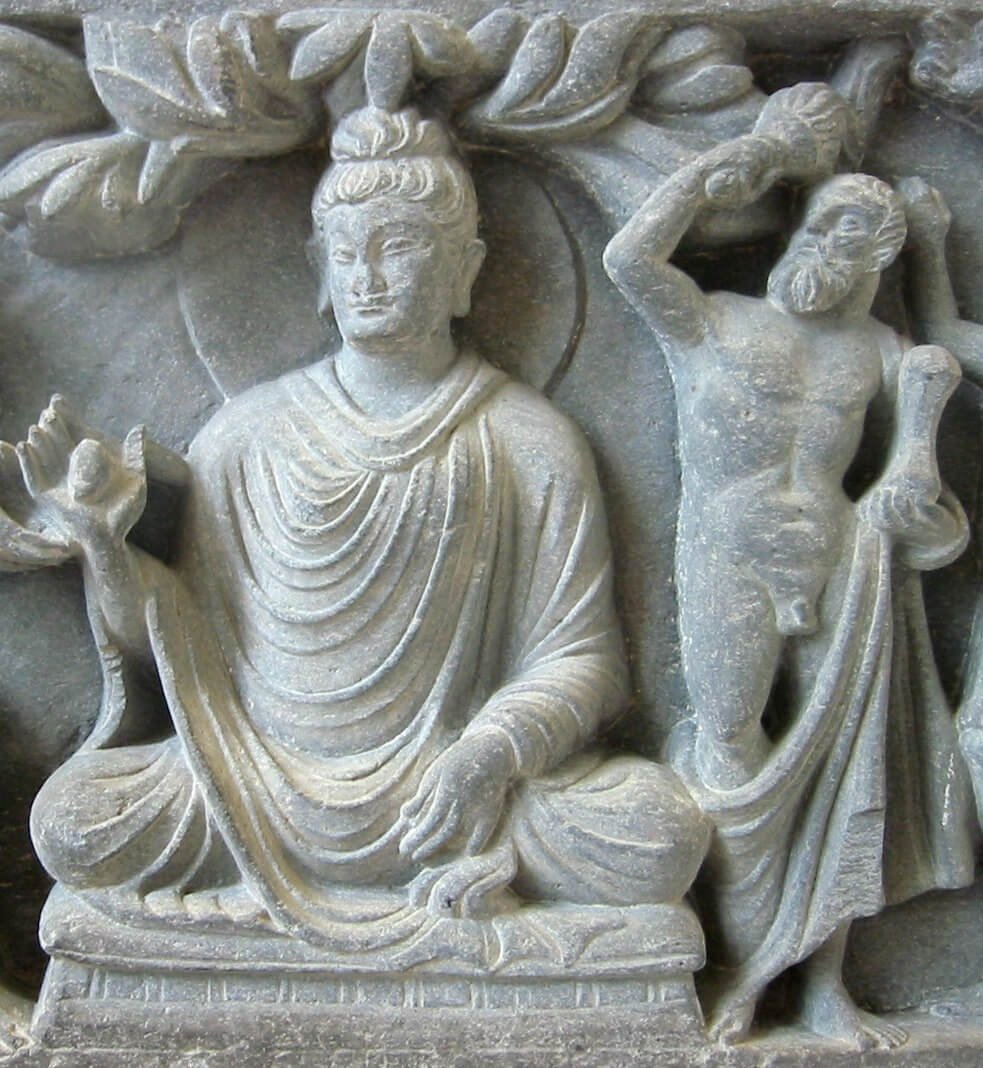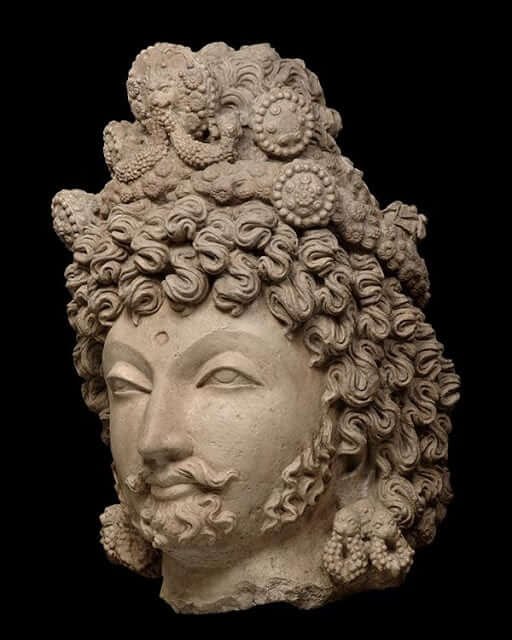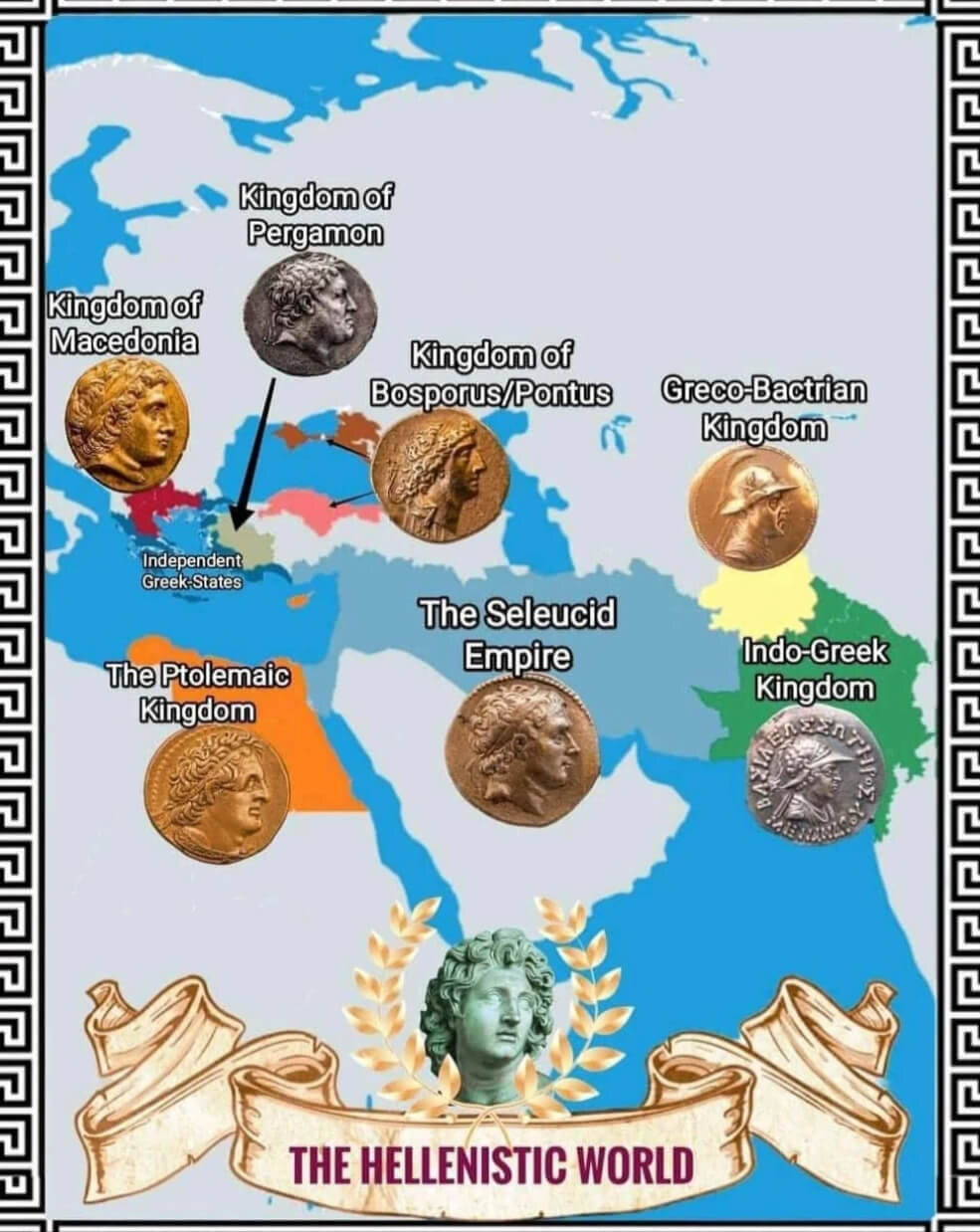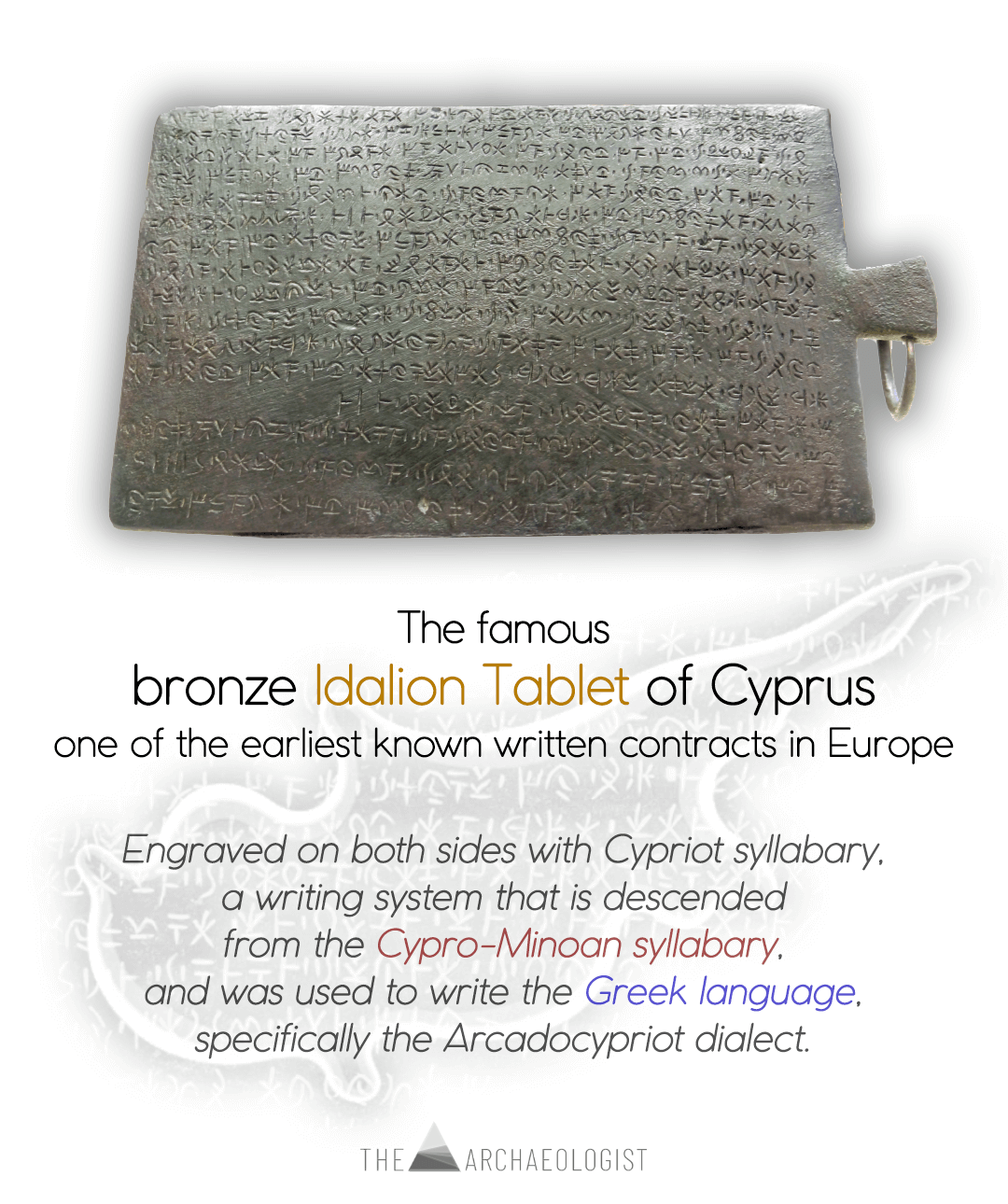In the heart of northern Greece lies Vergina, a place shrouded in historical intrigue and significance. Home to the ancient city of Aigai, it served as the first capital of the Macedonian kingdom, bearing witness to the rise and fall of illustrious figures whose legacies continue to captivate scholars and enthusiasts alike. Among these luminaries, none looms larger in the annals of history than Alexander the Great, whose conquests reshaped the ancient world.
Recently, new research published in the Journal of Archaeological Science has reignited discussions surrounding the royal tombs of Vergina, offering fresh insights into the identities of those interred within. Spearheaded by archaeologists and bolstered by meticulous examination techniques, this study delves deep into the skeletal evidence unearthed from the hallowed grounds of Royal Tombs I, II, and III.
For decades, scholars have grappled with the enigma of Vergina's royal tombs, particularly regarding the occupants of each sepulcher. While it was widely acknowledged that these tombs housed the remains of individuals closely linked to Alexander the Great, the precise identities remained a subject of fervent debate. However, recent advancements in archaeological methodology, including macro-photography, X-ray analysis, and anatomical examinations, have provided a fresh lens through which to scrutinize the ancient bones.
Central to this groundbreaking study is the examination of Royal Tomb I, which yielded a treasure trove of skeletal remains, including those of a man, a woman, and an infant. Through meticulous analysis, researchers identified telltale signs consistent with historical accounts, notably the presence of knee fusion in the male skeleton—a characteristic associated with King Philip II of Macedonia, father of Alexander the Great. Moreover, the presence of a newborn infant aligns poignantly with the tragic narrative of Philip's assassination in 336 BC, mere days after the birth of his son.
In contrast, Royal Tomb II presented its own enigmatic tableau, housing the remains of a man and a woman. While some conjectured that this tomb might belong to Philip II himself, the absence of a newborn infant and the lack of evident physical trauma on the male skeleton cast doubt on this hypothesis. Instead, researchers posited that Tomb II likely entombs King Arridaeus, Alexander's half-brother, and his formidable warrior wife, Adea Eurydice. Skeletal evidence of extensive riding further reinforced this interpretation, offering a glimpse into the lives of these ancient Macedonian royals.
As the dust settles on this groundbreaking research, one thing remains abundantly clear: the royal tombs of Vergina continue to be a wellspring of historical revelation, offering tantalizing glimpses into the lives and legacies of Alexander the Great and his kin. Through the convergence of meticulous archaeological inquiry and interdisciplinary collaboration, the veil of mystery surrounding these ancient sepulchers is gradually lifted, illuminating the enduring legacy of one of history's most storied dynasties.















































































